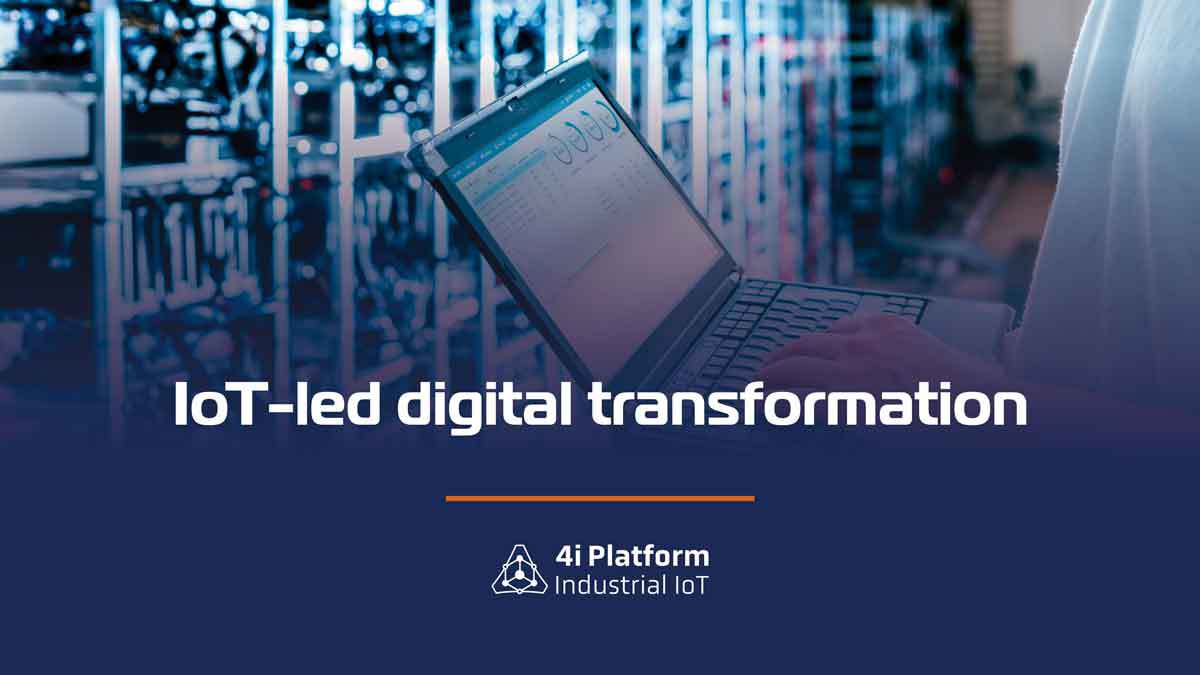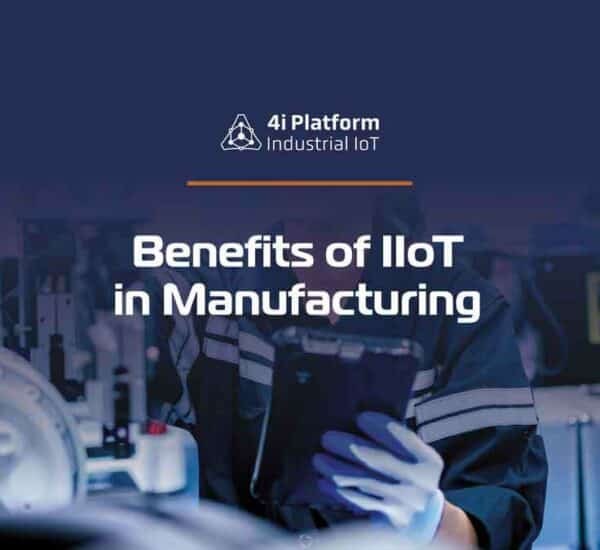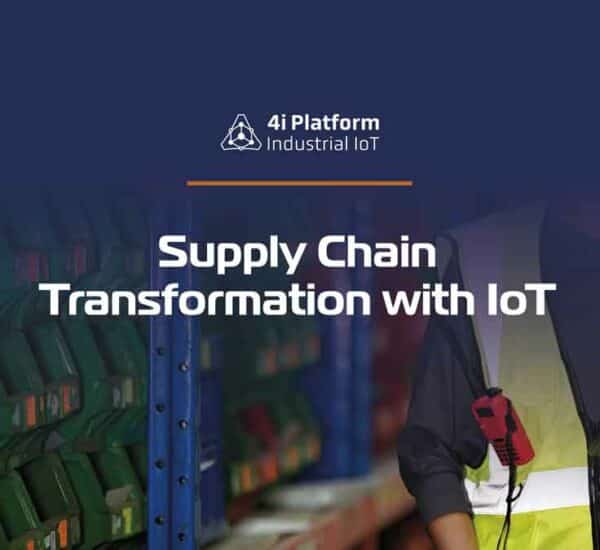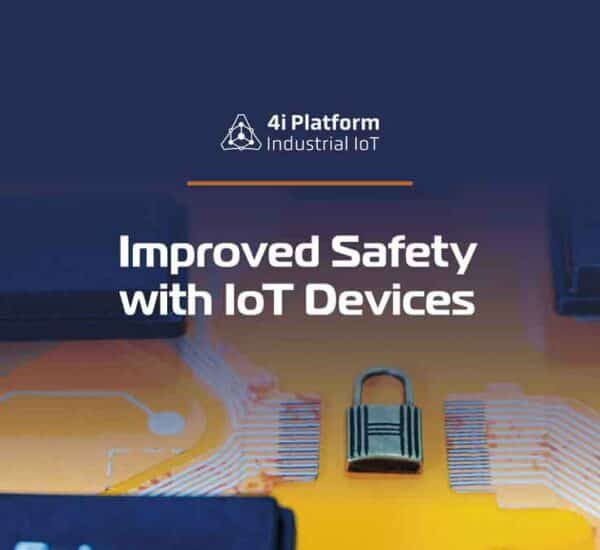Nearly every aspect of modern life generates data: smart watches monitor steps and heartbeat, smartphones can track our location at any time, as well as what we are considering buying. Some insights are beneficial for the customer while others benefit the product maker. This technology is also used in the business world. Internet-enabled devices capture and transfer data to monitor vital processes. IoT is at the forefront of the digital transformation.
IoT devices provide new insights, improve efficiency, and enable companies to make better business decisions. They remove guesswork by revealing what is actually happening to organizations. They also collect a lot of data that is useful for AI systems and analytics, which can help reveal patterns of use or behavior previously undiscovered.
Market Research Engine analysts have released a new report that shows the Industrial Internet of Things market (IIoT) is projected to surpass $176 billion by 2022.
It’s important to understand how IoT technology is currently changing strategy and operations at other companies or organizations before you start thinking about how use IoT in your business.
The Intersection Between IoT and Digital Transformation
Better Business Insight and Customer Experience
Connected equipment in manufacturing and aviation, as well as the supply chain and healthcare, creates more data streams. This gives companies an opportunity to gain more insight into their operations and customers’ use of their products or services.
Cloud platforms such as Microsoft Azure, AWS, and IBM have made many of these cases happen. There is also a shift to edge computing within certain industries in an effort reduce latency and other drawbacks, when relying on third-party data centers.
A company can easily improve its customer experience and better meet their needs by understanding how customers use its products.
IoT and the Digital Transformation of the Retail Industry
Retail is the industry that has been most affected by technology-driven changes. The fall of many household names is an example of this need. The future lies in connecting to customers and reducing friction. Customers today prefer to shop online because they can save time and money.
Physical stores owners must also innovate. Predictive recommendations are possible now with smart fitting rooms. AR, IoT, and AI will take the digital transformation of the industry further. IoT can also reduce friction in shopping environments and allow customers to interact with products.
This is often done in virtual or augmented realities, which allows for pre-purchase interaction. While some solutions may still be a bit cumbersome, IoT can give Main Street stores an important boost in a time when online retailing is rising.
There are many other benefits, just like with IoT implementations that face customers, such as improved stock/inventory control, supply chain management, and data collection about up- and cross-selling.
All IoT apps share the notable benefit of improving user experience with new data streams, insights, among others. This is a huge opportunity to jump on the IoT digital transformation bandwagon.
Great Reductions in Cost and Downtime
Many times, these insights lead to a decrease in operational expenditures and downtime.
The rapid emergence and use of digital twin technology (digital models of physical assets made from real-time information in both pure data forms or as explodable 3D representations) is a key competitive differentiation in IoT industrial applications.
Imagine the failure of a single, critical component of an industrial system causing hours or days of downtime.
Now, imagine each part of that installation being stored and represented digitally. Engineers would be able to see exactly where the component was and how it to replace it. The replacement part would then be made to order by the engineers through short scheduled maintenance.
This type of technology helps lower downtime and operational costs in factories and other industrial establishments. It also helps workers learn how machines work, and how to take them apart for maintenance.
Increased Efficiency and Productivity
Leaders will be able to identify opportunities for efficiency and productivity by connecting key business processes. According to Inmarsat, these improvements will help businesses increase their revenues by $154 million.
Ford uses data to track the movements of its workers, enabling data-driven modifications to its vehicle manufacturing processes. These changes make them safer and more efficient.
Machines can use the same principles to spot bottlenecks in production lines or other problems, no matter how small.
New Business Models
Although the IoT’s most obvious applications are productivity, efficiency, and process monitoring, companies are now realizing that they can use it to gather information about customers and how they use the products.
These things weren’t originally meant to be connected. However, the IoT digital transformation can bring new value to these devices and help them improve their future designs through the massive amounts of data they collect about their real-world usage.
Companies that integrate IoT into their products in ways that benefit both customers and their internal processes are likely to reap great benefits.
Organizations can use the IoT to shift away from existing business models and create new revenue streams. Although data can often be valuable in its own right, subscribers can also benefit from subscription-based services that draw upon the connected nature of company products.
This is often more than the initial cost of entry. Amazon has proven that businesses that have valuable data can offer products at reduced prices to open new markets. They can replace revenue from customers’ capital expenses (capex) by operational expenditures (opex) via subscriptions.
These are just a few benefits that IoT technology can bring to a wider digital transformation plan. Businesses can combine IoT with other emerging technologies like AI, VR and AR robotics, as well as blockchain (in terms supply chains and smart contracts) to generate new revenue, increase competitive advantage, create new training methods, or produce better quality products and services.





